Last updated on April 21, 2024
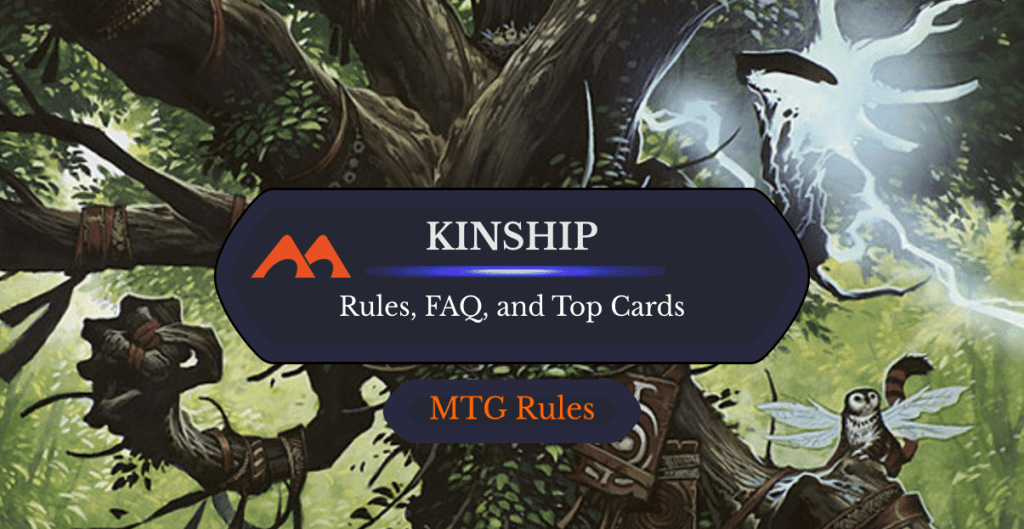
Leaf-Crowned Elder | Illustration by Wayne Reynolds
In typal decks, cards get better as they group together with members of their type. MTG always had the lord creatures that give +1/+1 to other creatures from the same lineage, and there are other incentives as well.
Today we’re taking a look at a mechanic that benefits creatures from being around their own kin, so to speak, and that’s kinship. With the mechanic kinship, the more creatures you reveal as you draw from the same type, the merrier.
But is it any good? We’ll take a look at kinship rules, the best cards, and an EDH typal deck that makes use of the mechanic.
Let’s dive in!
How Does Kinship Work?

Waterspout Weavers | Illustration by Eric Fortune
Kinship is a keyword action only present on creature cards that triggers on your upkeep. When it triggers, you’ll be able to look at the top card of your library, and if it shares a type with the kinship creature, you may reveal it and get a benefit.
Kinship creatures have a race and a class, and the ability cares about both. For example, Leaf-Crowned Elder is a treefolk and a shaman. If I have Leaf-Crowned Elder in play and I reveal a treefolk or shaman card from the top of my library, the kinship ability happens, which in this case plays the revealed card without paying its mana cost. In the case of Nightshade Schemers, which is a faerie wizard, the card revealed can be a faerie or wizard. If I succeed in revealing one of these, each opponent loses 2 life.
The History of Kinship in MTG
Kinship was designed in 2008's Morningtide set, which is a small set in the Lorwyn block. Lorwyn block has a strong typal theme, so kinship was a way to further care about the types of creatures on the battlefield.
Lorwyn only cared about the creature being an elf, a goblin or a treefolk, but Morningtide also wanted to incentivize players to care about the creature’s class, like warriors, shamans, or wizards, which are usually creature class subtypes. The mechanic is present on 12 creature cards from that set only, and the mechanic has never been reused since.
Is Kinship a Triggered Ability?
Yes. Kinship triggers at the beginning of your upkeep if you control a creature with kinship.
Is Kinship an Ability Word?
Yes, it is. It appears in italics at the beginning of a sentence, and it’s used to “tie together cards that have similar functionality”, as is the definition of an ability word.
Do You Have to Reveal With Kinship?
Kinship is a may, so it’s not mandatory to reveal the top card. However, if you want to reap the benefits of the kinship ability, you’ll have to reveal the top card to all players, and its creature type needs to match the type of the kinship creature.
Does Kinship Work With Typal Spells?
It works. According to official rules, the typal spells have the same subtypes as the creatures, so you can reveal a Bitterblossom from a Nightshade Schemers kinship trigger and it will work. Better yet, Blades of Velis Vel works with every kinship creature since it’s every creature type.
Can You Stifle Kinship?
You can. Kinship is a triggered ability and can be countered with Stifle.
Do Multiple Kinship Triggers Resolve Simultaneously
Kinship ability uses the stack, so if you have multiple kinship creatures, you’ll decide in which order they trigger.
Let’s say you have Squeaking Pie Grubfellows and Sensation Gorger in play, both creatures are shamans. If you reveal a shaman card from the top of your library during the next upkeep, you’ll get the benefits of both kinship abilities in the order you’ve decided to resolve them. The order is important, because if you resolve Sensation Gorger’s trigger first, you’ll draw the shaman card, then when you resolve the Grubfellows’s trigger, the top card will be a different one. In this case, it would be better to resolve Grubfellows’s kinship trigger first.
Gallery and List of Kinship Cards
- Kithkin Zephyrnaut
- Wandering Graybeard
- Ink Dissolver
- Waterspout Weavers
- Nightshade Schemers
- Squeaking Pie Grubfellows
- Mudbutton Clanger
- Pyroclast Consul
- Sensation Gorger
- Leaf-Crowned Elder
- Winnower Patrol
- Wolf-Skull Shaman
Best Kinship Cards
#3. Waterspout Weavers

Waterspout Weavers can be quite a finisher in a merfolk deck, giving flying to all creatures you control. What’s more, blue usually has spells like Ponder and Brainstorm that can set future draws, so you can trigger kinship more reliably.
#2. Sensation Gorger
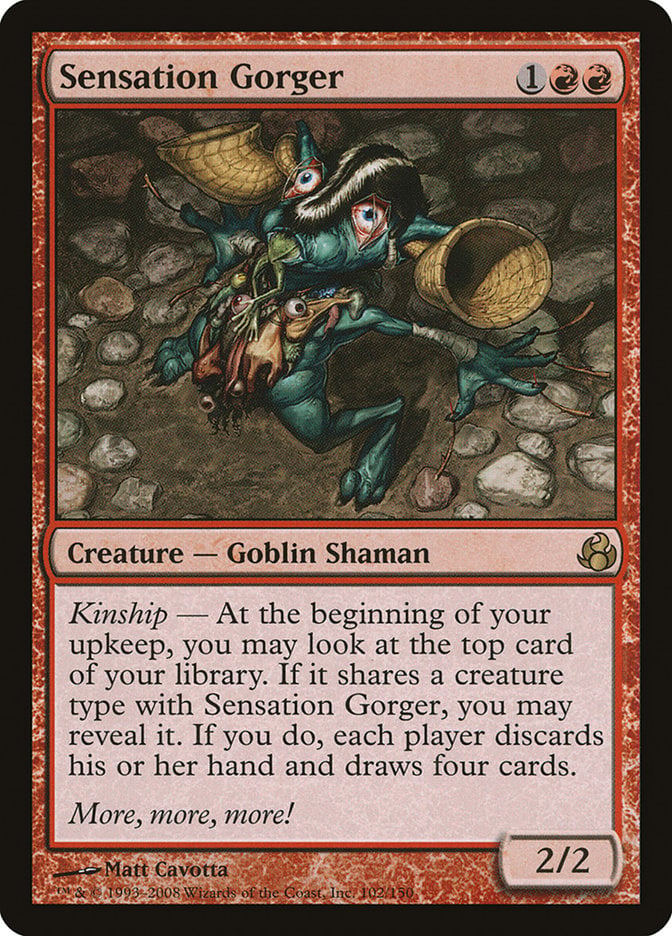
Sensation Gorger is a way to draw some cards in goblin decks and to mess with other people’s hands. The best aspect of this card is that the kinship is optional, so you can opt to trigger it if you have 0-1 cards in hand and your opponents have a full grip or you just have a bad hand overall.
#1. Leaf-Crowned Elder
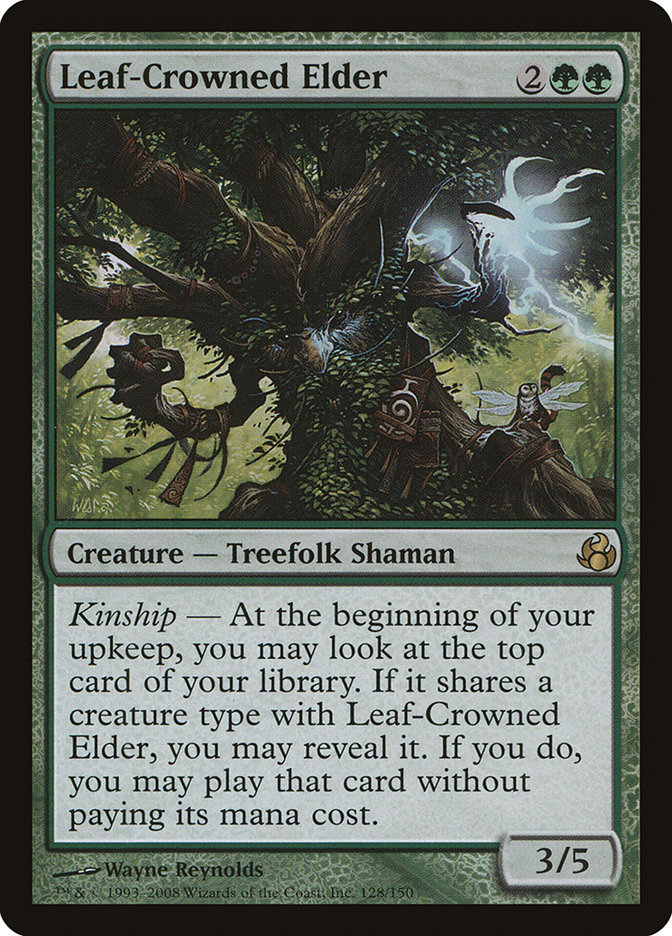
Leaf-Crowned Elder is a very good card in a treefolk deck, mainly in EDH. It’s a 3/5 for 4 mana, and in decks that usually care about the creature’s toughness like Doran, the Siege Tower, it’s effectively a 5/5. What’s more, there’s a nice chance (let’s say 40-50% each turn) of casting a treefolk spell from the top of your library without paying its mana cost, which is sometimes better than drawing a card.
Decklist: Grumgully, the Generous Shaman EDH
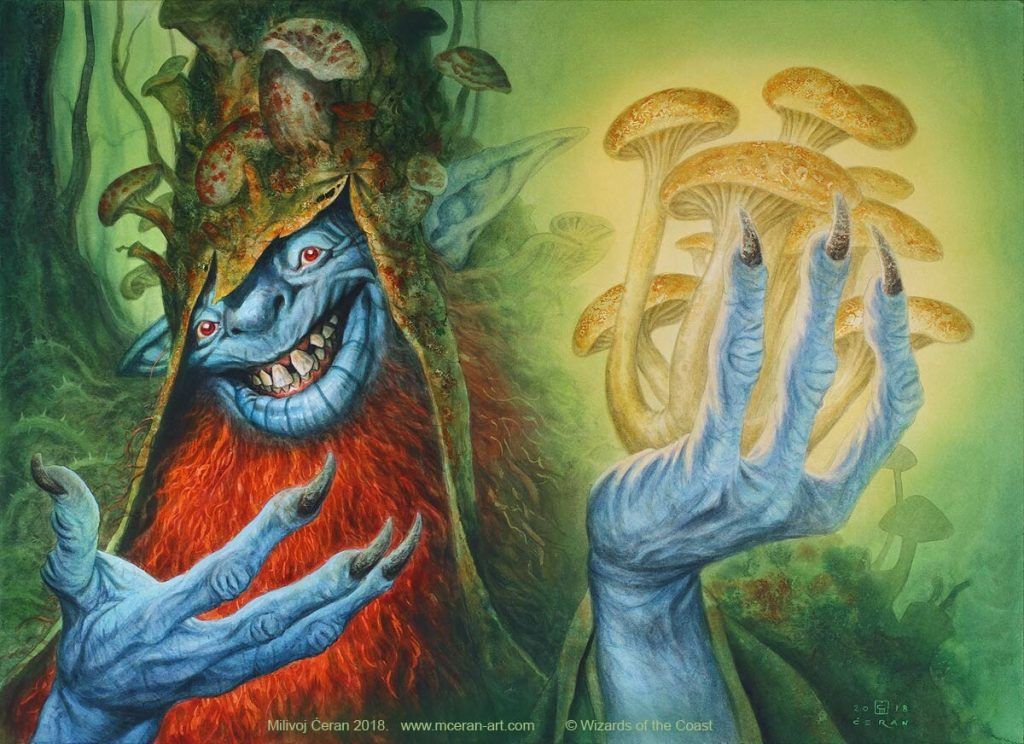
Grumgully, the Generous | Illustration by Milivoj Ceran
Commander (1)
Creature (42)
Ainok Survivalist
Beastcaller Savant
Bosk Banneret
Deathforge Shaman
Delina, Wild Mage
Dragonmaster Outcast
Elvish Mystic
Elvish Visionary
Eternal Witness
Fanatic of Mogis
Fauna Shaman
Felhide Spiritbinder
Goblin Anarchomancer
Goblin Ruinblaster
Harmonic Prodigy
Heartless Hidetsugu
Kiki-Jiki, Mirror Breaker
Leaf-Crowned Elder
Llanowar Elves
Loaming Shaman
Masked Admirers
Masked Vandal
Mindclaw Shaman
Orochi Sustainer
Outrage Shaman
Pyroclast Consul
Rage Forger
Reclamation Sage
Riftsweeper
Sachi, Daughter of Seshiro
Sakiko, Mother of Summer
Sakura-Tribe Elder
Sensation Gorger
Shizuko, Caller of Autumn
Sunder Shaman
Thelonite Hermit
Timeless Witness
Treasonous Ogre
Vexing Shusher
Whisperer of the Wilds
Wolf-Skull Shaman
Woodfall Primus
Instant (4)
Artifact Mutation
Lightning Bolt
Thrill of Possibility
Silkguard
Sorcery (5)
Cultivate
Kindred Charge
Nature's Lore
Search for Tomorrow
Shamanic Revelation
Enchantment (4)
Fable of the Mirror-Breaker / Reflection of Kiki-Jiki
Molten Echoes
Rhythm of the Wild
Shared Animosity
Artifact (4)
Arcane Signet
Gruul Signet
Sol Ring
Talisman of Impulse
Battle (1)
Land (36)
Cinder Glade
Command Tower
Cragcrown Pathway / Timbercrown Pathway
Drannith Ruins
Forest x13
Fire-Lit Thicket
Game Trail
Gruul Turf
Karn's Bastion
Kessig Wolf Run
Mountain x11
Mossfire Valley
Raging Ravine
Rootbound Crag
Looking into kinship cards, we can say that there are five shamans overall with the mechanic, and all of them in Jund () colors. That’s got me thinking of a shaman-typal deck in EDH, containing all kinship shaman creatures.
Thing is, there isn’t a huge incentive to play black in a shaman deck, so Squeaking Pie Grubfellows has to go. I’ve settled on Grumgully, the Generous, allowing your shamans to enter the battlefield with +1/+1 counters. You’ll have to play some human shamans because they’re good, but otherwise most of your creatures are non-human shamans to work well with your kinship shamans and your commander.
There’s some incentive to go Naya in this theme and play a commander like Rocco, Cabaretti Caterer or Atla Palani, Nest Tender just to play some white changelings and better spells, but overall the deck looks nice in a casual power level setting.
There are some interesting cards that go well with the shaman theme and kinship in this decklist:
- Rage Forger adds +1/+1 counters to shamans and works with Grumgully’s +1/+1 counter theme.
- Bosk Banneret ramps your shamans.
- Harmonic Prodigy doubles your triggers from shamans, including kinship triggers.
- Invasion of Ikoria is a battle that’s also a non-human creature tutor, and later it becomes a nice threat.
- Kiki-Jiki, Mirror Breaker is, yay, a shaman. You can copy some interesting creatures here.
- Sachi, Daughter of Seshiro lets shamans you control tap to add .
Wrap Up
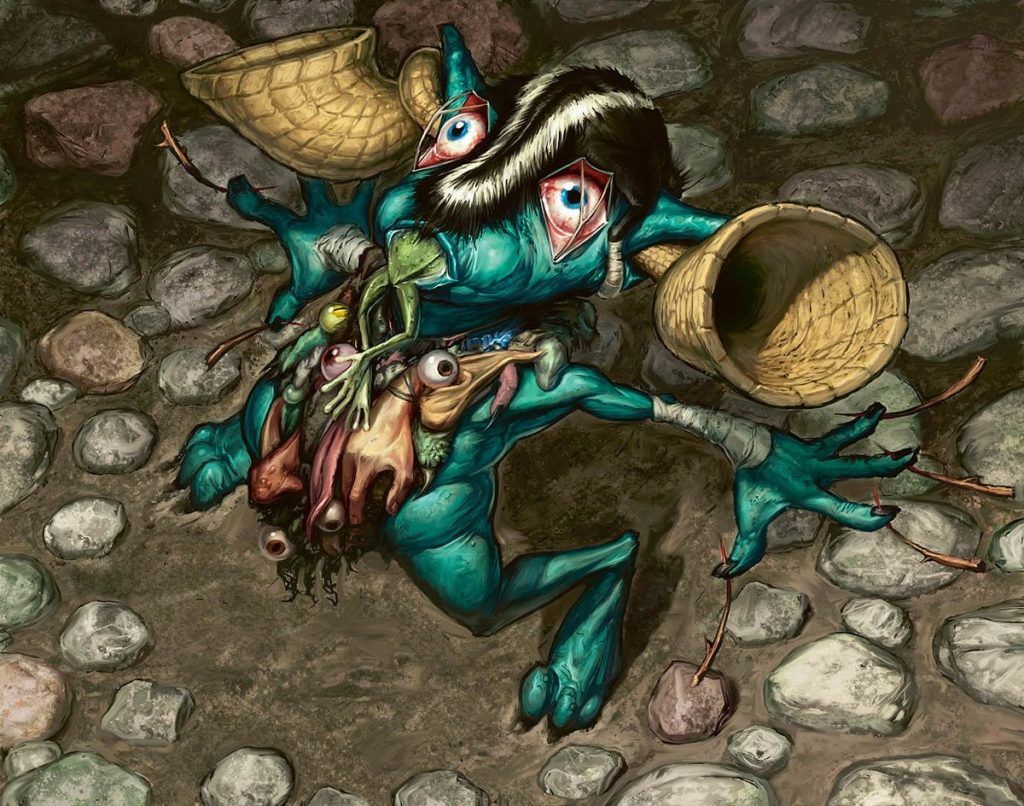
Sensation Gorger | Illustration by Matt Cavotta
That’s all from me on kinship. It’s one of those mechanics from the small sets of old that makes sense in a block (but barely), and it adds something to Limited but usually isn’t strong enough to impact Constructed. Unfortunately for kinship, the mechanic has not been well received, and Mark Rosewater said that “while the mechanic is cool, we could have executed it better”. MTG R&D usually avoids incentivizing mechanics that lead to players revealing information, like in the case of kinship, so it will be hard for the mechanic to make a comeback.
Still, maybe someday we’ll see kinship return in a powerful design for a Commander set, or as a reworked new mechanic in a new set, who knows? Do you want to see kinship returning to a Standard set? Have I forgotten about a kinship card that actually sees play somewhere? Let me know in the comments section below, or post in our Draftsim Discord.
Thanks for reading guys, and see you on the flip side.
Follow Draftsim for awesome articles and set updates: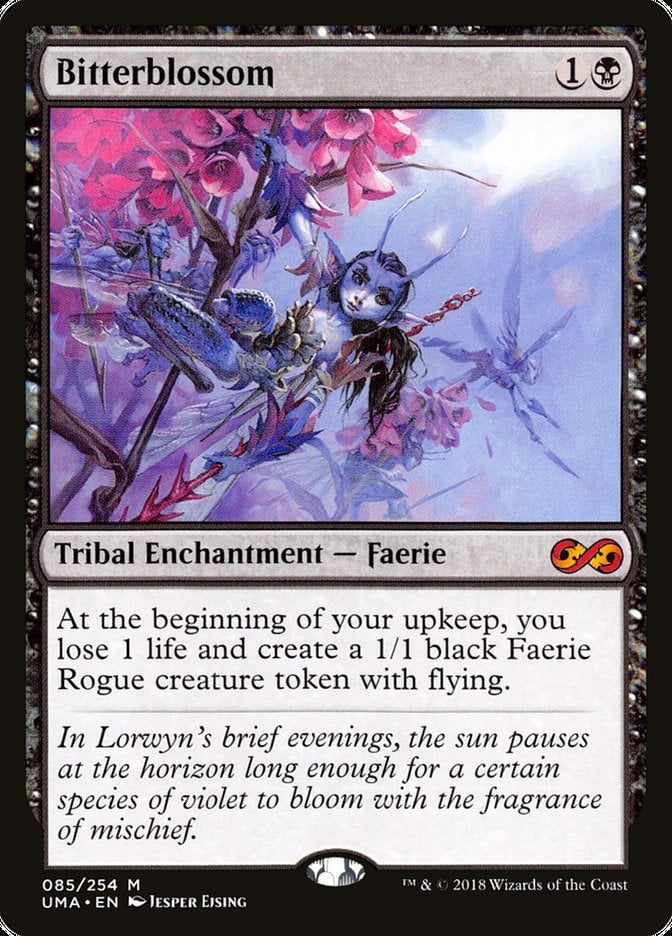
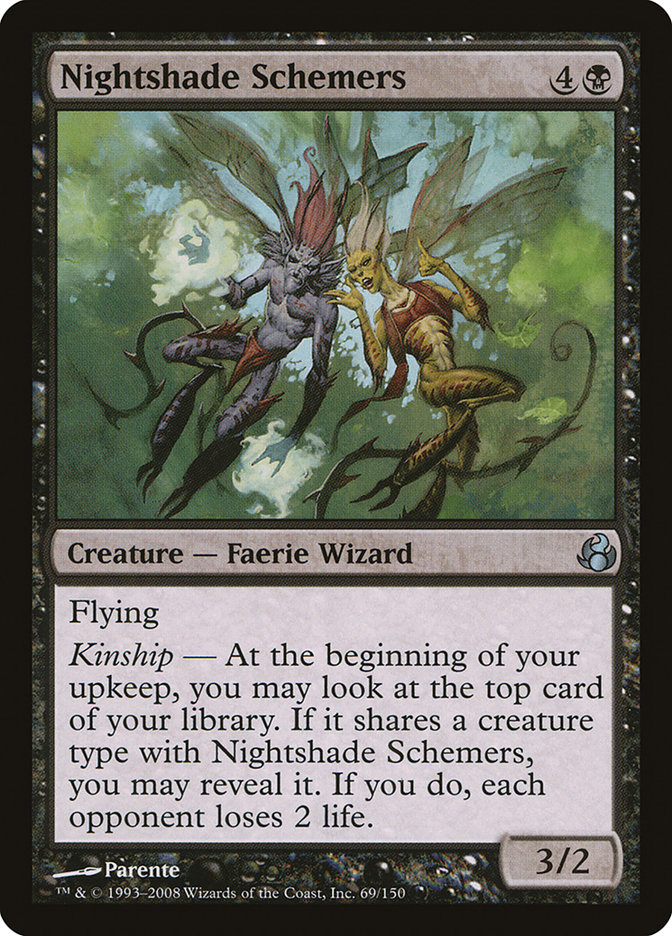
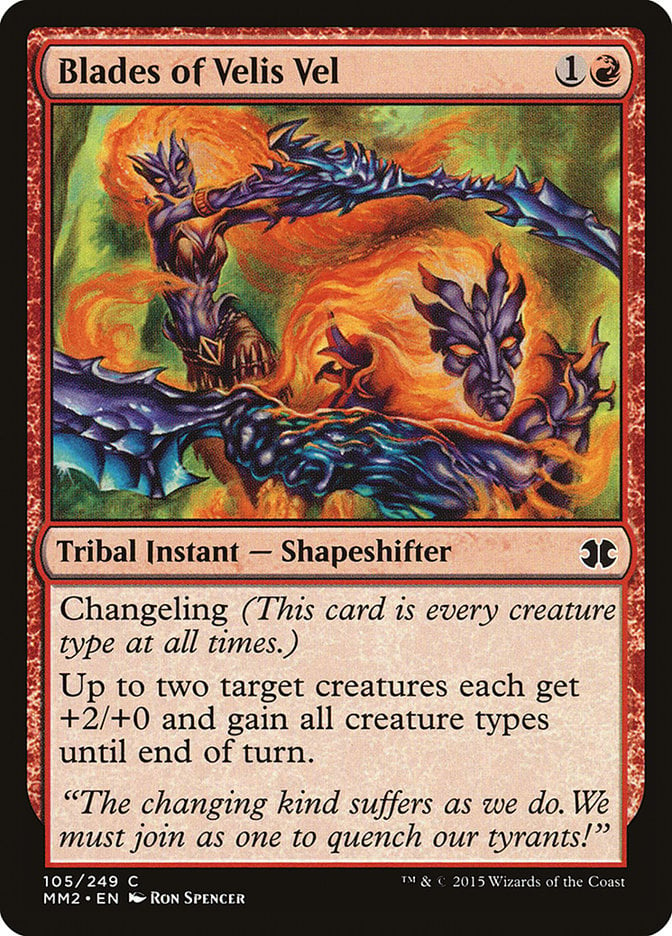
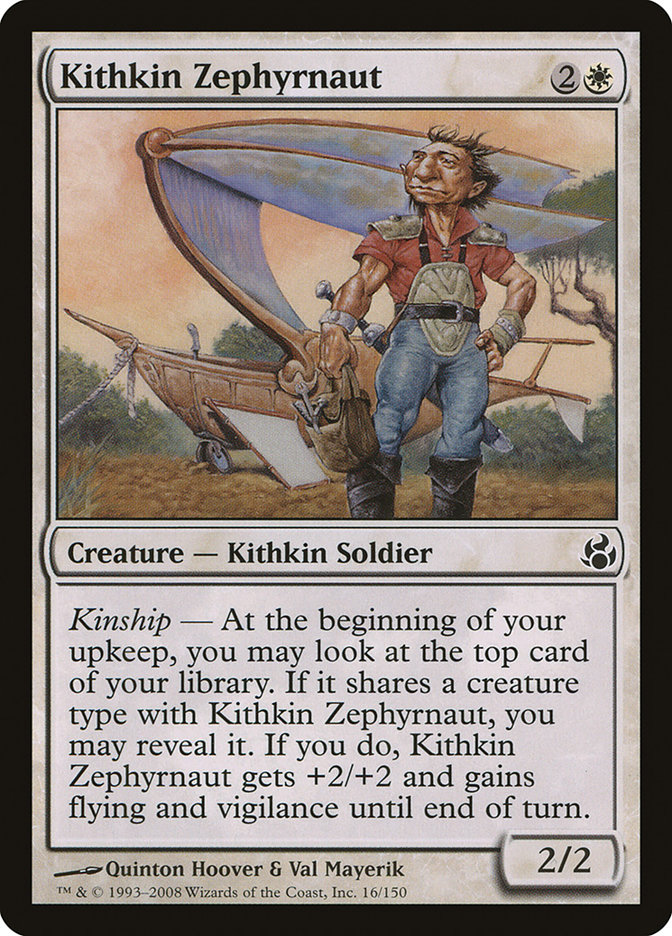
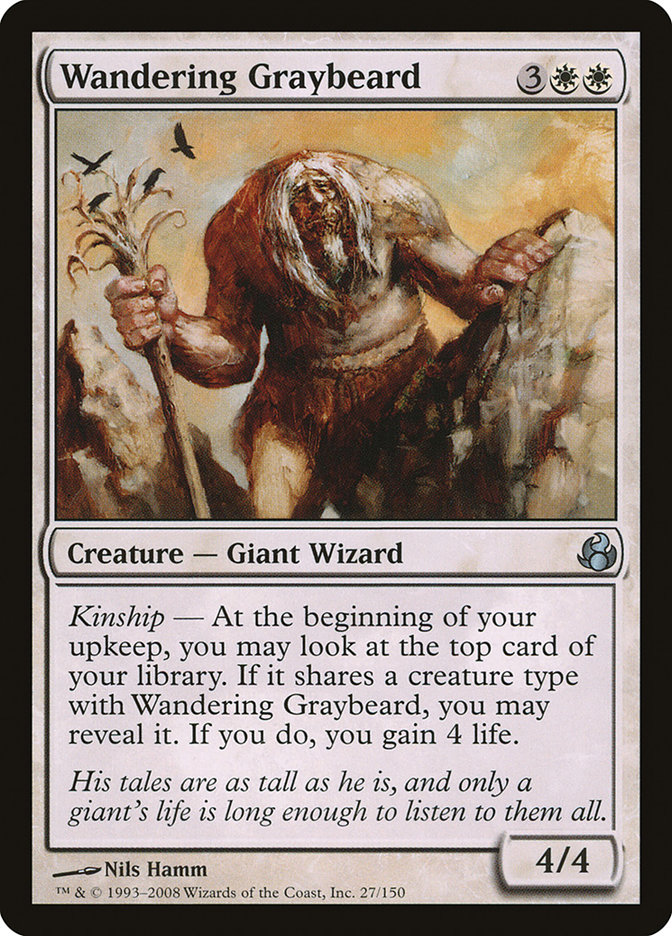


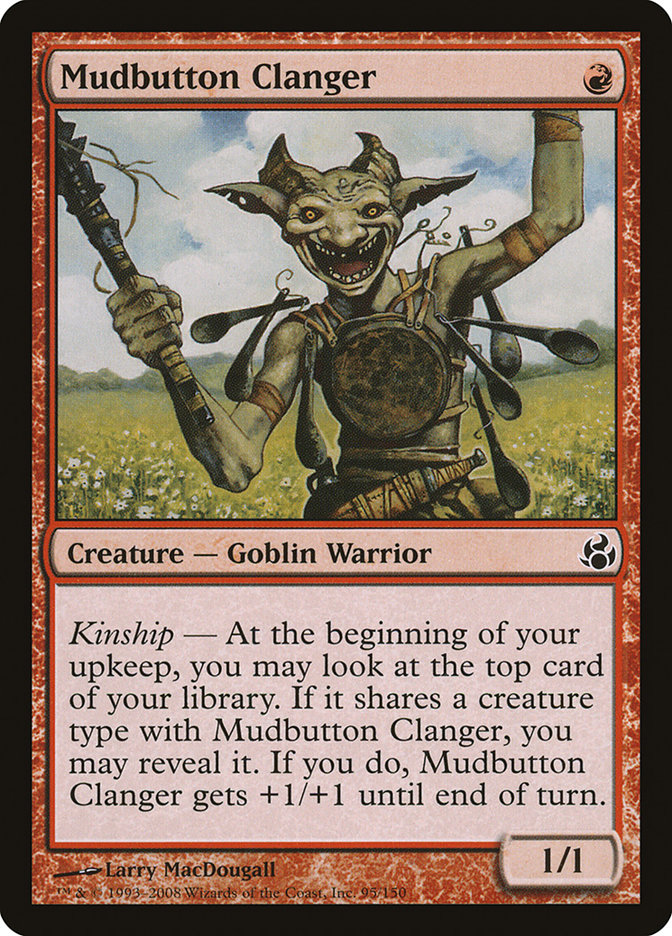
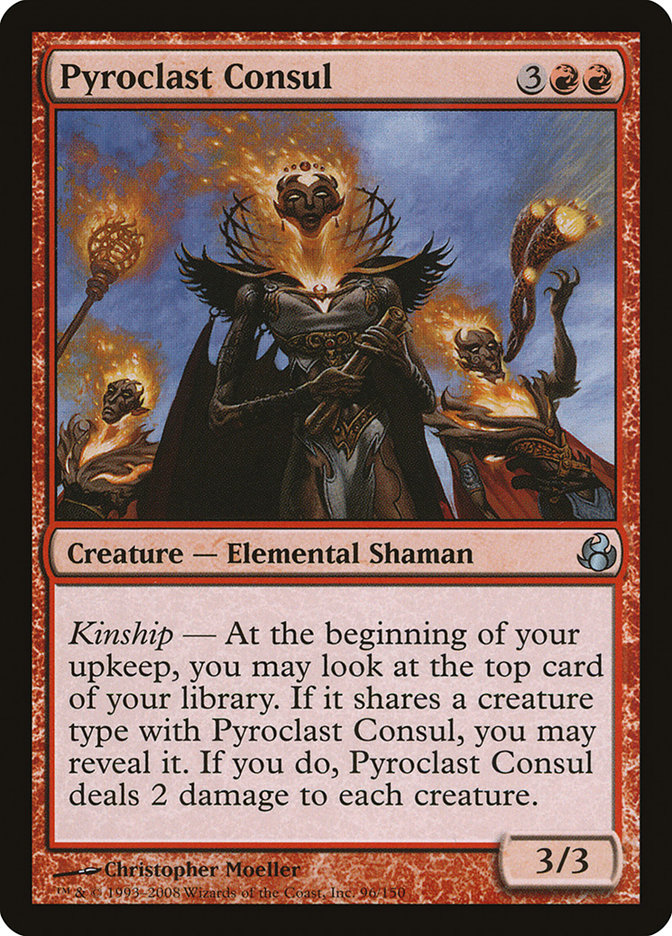

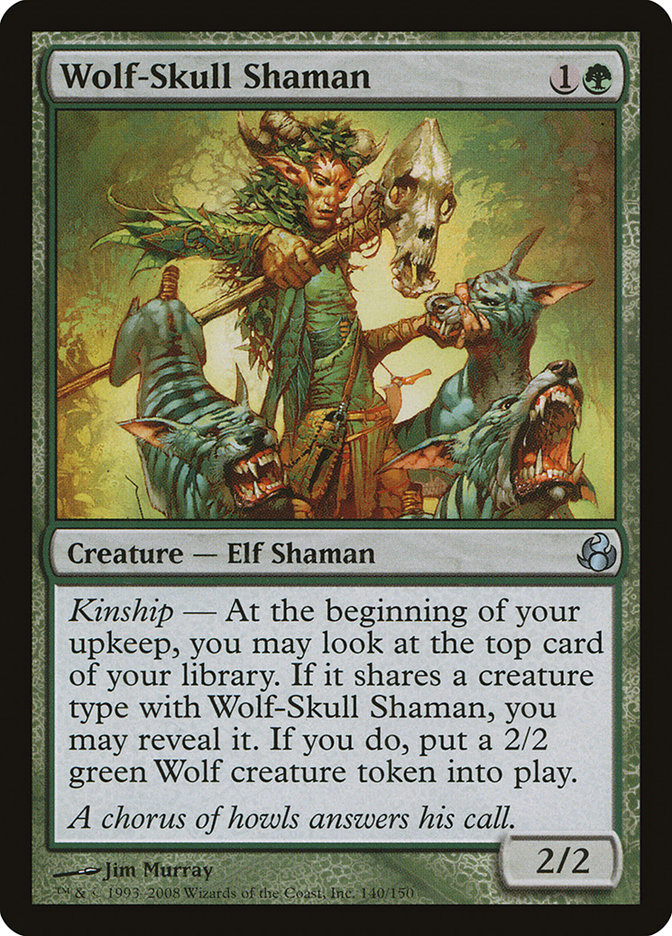


Add Comment